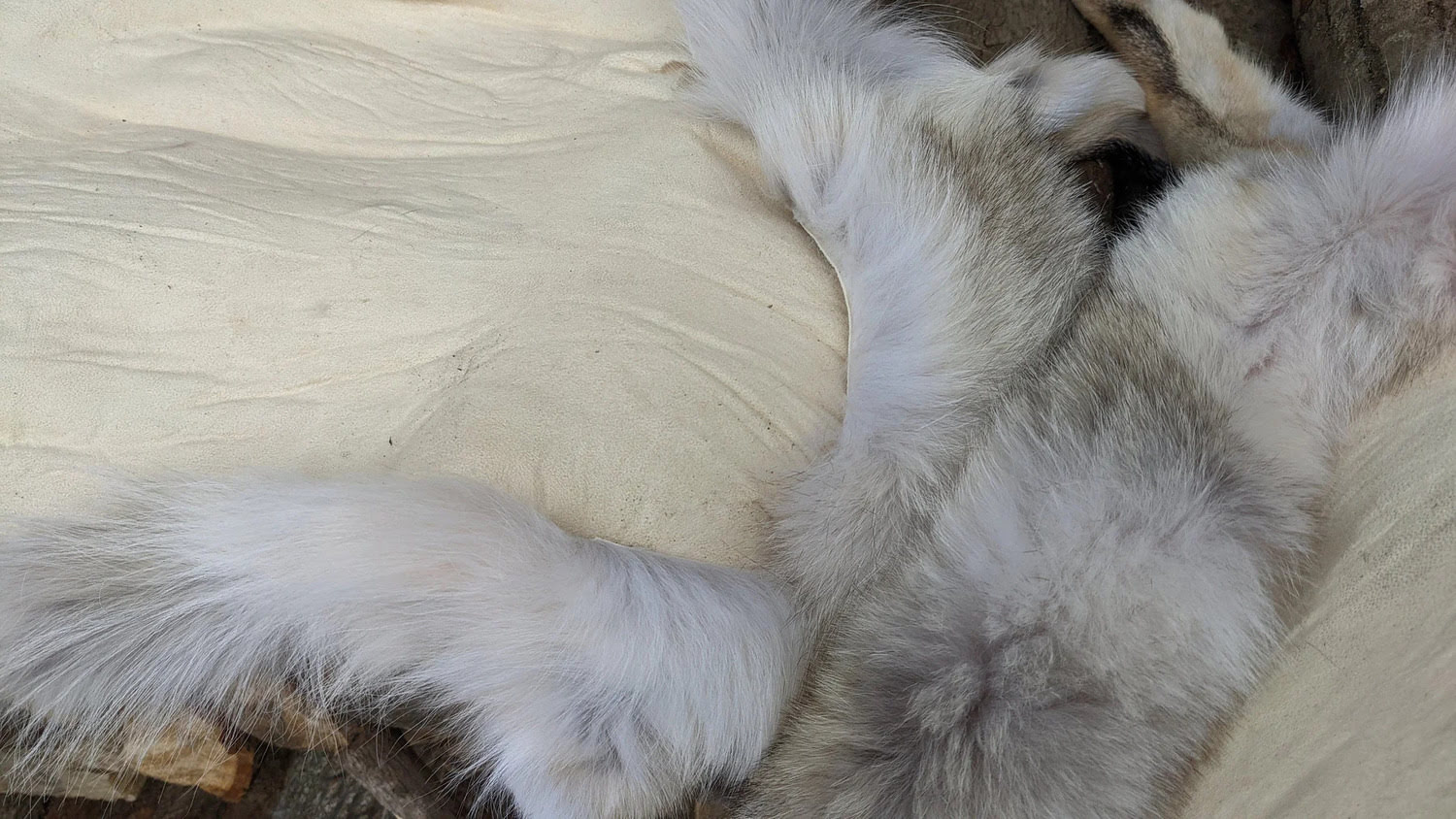

Articles
How To Store Fur Pelts
Modified: January 20, 2024
Learn the proper way to store fur pelts in this informative article. Find out the best methods and tips to preserve your fur and keep it in pristine condition.
(Many of the links in this article redirect to a specific reviewed product. Your purchase of these products through affiliate links helps to generate commission for Storables.com, at no extra cost. Learn more)
Introduction
Storing fur pelts properly is vital to ensure their longevity and maintain their quality. Fur pelts are delicate and susceptible to damage from improper storage conditions, such as extreme temperatures, humidity, pests, or moths. To properly store fur pelts, it is essential to follow specific guidelines and implement suitable storage techniques. In this article, we will explore the step-by-step process of storing fur pelts to help preserve their natural beauty and keep them in optimal condition for many years to come.
Proper storage of fur pelts not only protects them from damage but also helps to maintain their lustrous appearance and luxurious texture. Whether you own a fur coat, jacket, or other fur accessories, following the right storage methods will ensure that your fur pelts remain in pristine condition.
Before diving into the storage process, let’s understand why it is crucial to store fur pelts correctly. Fur is a natural material that requires specific conditions to maintain its radiance and softness. Improper storage can lead to fur becoming dry, brittle, or discolored. Moreover, fur pelts are vulnerable to pests, such as moths, which can cause irreparable damage.
By implementing the appropriate storage techniques, you can extend the lifespan of your fur pelts and enjoy them for years to come. Now, let’s delve into the step-by-step process of storing fur pelts and safeguarding their beauty and durability.
Key Takeaways:
- Proper storage of fur pelts is essential to maintain their quality and longevity. From selecting the right storage location to implementing proper handling techniques, each step plays a crucial role in preserving the natural beauty of fur pelts.
- Regular monitoring and maintenance of the storage area are vital to ensure the safety and longevity of fur pelts. By staying proactive and attentive, you can detect and address any potential issues that may impact the quality of your fur pelts.
Read more: How To Store Fur
Selecting the Appropriate Storage Location
Choosing the right storage location is the first step in ensuring the longevity of your fur pelts. The ideal storage location should provide a controlled environment that protects the fur from harsh elements and fluctuations in temperature and humidity.
When selecting a storage area for your fur pelts, consider the following factors:
- Temperature: Fur pelts should be stored in a cool environment with a consistent temperature of around 45-55 degrees Fahrenheit (7-13 degrees Celsius). Avoid storing fur in areas that are too hot or cold, such as attics, basements, garages, or near heating vents.
- Humidity: Maintain a humidity level of 40-50% in the storage area to prevent the fur from drying out or becoming too moist. Avoid areas with excessive humidity, such as bathrooms or damp basements.
- Light: Furs are sensitive to light and can fade or discolor if exposed to direct sunlight or harsh artificial lighting. Choose a storage location away from windows or install UV-blocking film or curtains to protect the fur from sunlight.
- Ventilation: Adequate airflow is necessary to prevent moisture buildup and mold growth. Ensure that the storage space has proper ventilation to maintain a fresh environment.
- Security: Fur pelts are valuable, so it is important to store them in a secure location, such as a locked closet or a safe deposit box. This helps protect them from theft or damage.
Additionally, consider the accessibility of the storage area. You may want to have easy access to your fur pelts in case you need to retrieve them for cleaning, maintenance, or seasonal use.
Remember, the storage location should provide a stable environment that minimizes temperature and humidity fluctuations. A well-maintained and suitable storage area is crucial for ensuring the longevity of your fur pelts and preserving their natural beauty.
Preparing the Fur Pelts for Storage
Before storing your fur pelts, it is essential to prepare them properly to ensure they are ready for long-term storage. Taking the time to prepare your fur pelts will help maintain their quality and protect them from damage during the storage period.
Follow these steps to prepare your fur pelts for storage:
- Inspect for Damage: Carefully examine your fur pelts for any signs of damage, such as tears, loose seams, or missing buttons. Repair any damages before storing to prevent them from worsening.
- Remove Accessories: Take off any accessories, such as brooches, buttons, belts, or scarves, from your fur pelts. These accessories can cause indentation or create pressure points during storage, potentially damaging the fur.
- Brush the Fur: Gently brush the fur using a dedicated fur brush or a soft-bristled brush to remove any dirt, dust, or loose hairs. Brushing helps to maintain the fur’s natural luster and softness.
- Hang the Fur: Hang your fur pelts on broad-shouldered hangers to help maintain their shape. Avoid wire hangers or thin hangers that can cause the fur to stretch or lose its shape. Make sure the hanger is sturdy enough to support the weight of the fur.
- Allow for Air Circulation: Leave enough space between the fur pelts when hanging to ensure proper air circulation. This helps prevent moisture buildup and allows the fur to breathe.
- Store in a Breathable Bag: If you choose to store your fur pelts in a bag, make sure it is breathable to prevent excess moisture buildup. Use a cloth or canvas garment bag rather than a plastic one. This allows for airflow and helps maintain the fur’s natural moisture balance.
Once you have prepared your fur pelts for storage, you are ready to move on to the next steps in ensuring their preservation. Proper preparation sets the foundation for maintaining the fur’s quality and prolonging its lifespan during storage.
Cleaning and Conditioning the Fur Pelts
Cleaning and conditioning the fur pelts before storage is crucial for maintaining their quality and preventing the buildup of dirt, oils, or odors. Proper cleaning and conditioning help keep the fur soft, supple, and free from damage. Here are the steps to follow:
- Professional Cleaning: It is recommended to have your fur pelts professionally cleaned by a furrier. Professional cleaning ensures that any dirt, dust, or oils are thoroughly removed without causing damage to the fur. A furrier has the expertise and specialized equipment to clean fur effectively.
- Conditioning: After cleaning, it is important to condition the fur pelts to keep them moisturized and supple. Use a specialized fur conditioner recommended by the furrier. Apply the conditioner lightly using a fur comb or brush, following the product instructions carefully. Conditioning helps to prevent the fur from drying out and maintains its natural luster.
- Allow Drying Time: After conditioning, allow the fur pelts to air dry in a well-ventilated area away from direct sunlight or heat sources. Avoid using a hairdryer or exposing the fur to excessive heat, as it can damage the fur fibers.
Regular cleaning and conditioning of fur pelts help remove any accumulated dirt, oils, or odors that can affect the fur’s appearance and texture. It is recommended to have your fur cleaned and conditioned annually or before storing it for an extended period.
By properly cleaning and conditioning your fur pelts, you are ensuring that they are in their best possible condition before going into storage. This step is essential for maintaining the fur’s quality and protecting it from damage throughout the storage period.
Choosing the Right Containers or Bags
When it comes to storing fur pelts, selecting the right containers or bags is essential to protect them from external elements and maintain their quality. The ideal storage containers or bags should provide a combination of protection, ventilation, and insulation. Here are some options to consider:
- Fur Storage Bags: Specialized fur storage bags are designed specifically for storing fur pelts. These bags are typically made of breathable materials, such as cotton or canvas, which allow air circulation and help maintain the fur’s natural moisture balance. They also provide protection against dust and light exposure.
- Plastic Garment Bags: If you need a more budget-friendly option, consider using plastic garment bags. However, it is crucial to choose high-quality, breathable plastic bags. Look for bags made from polyethylene or polypropylene, which allow airflow while keeping out dust and moisture. Avoid using regular plastic bags, as they can trap moisture and damage the fur.
- Storage Containers: If you prefer storing your fur pelts in sealed containers, opt for plastic storage bins with tight-fitting lids. Ensure the containers are clean, dry, and odor-free before placing the fur inside. Line the bottom of the container with acid-free tissue paper or a clean cotton sheet to provide an additional protective layer.
Regardless of the type of storage container or bag you choose, it is important to consider the following guidelines:
- Avoid overcrowding the containers or bags. Allow enough space for the fur pelts to breathe and maintain their shape.
- Ensure the containers or bags are stored in a cool, dry, and well-ventilated area.
- Label the containers or bags for easy identification of the fur pelts stored inside.
Remember, the goal is to protect the fur pelts from dust, light exposure, and moisture while maintaining proper air circulation. By selecting the appropriate containers or bags, you can ensure your fur pelts remain in optimal condition during storage.
Read more: How To Store A Fur Coat At Home
Storing the Fur Pelts in a Controlled Environment
Creating a controlled environment is crucial for storing fur pelts and preserving their quality over time. By maintaining specific temperature and humidity levels, you can ensure the fur remains soft, supple, and free from damage. Here are some essential steps to follow when storing fur pelts:
- Temperature Control: Ideally, fur pelts should be stored in a cool environment with a temperature between 45-55 degrees Fahrenheit (7-13 degrees Celsius). Avoid storing fur in areas that experience extreme temperature fluctuations or high heat, such as attics or basements. Rapid temperature changes can cause the fur to dry out, while excessive heat can lead to fur shedding or matting.
- Humidity Control: Maintain a humidity level around 40-50% in the storage area. Excessively dry conditions can make the fur brittle, while high humidity can promote mold growth or cause the fur to become damp and prone to damage. Use a humidifier or dehumidifier, if necessary, to regulate the humidity levels.
- Ventilation: Proper air circulation is crucial for maintaining the fur’s freshness and preventing moisture buildup. Avoid storing fur pelts in airtight containers or in areas with limited airflow. Allow for natural ventilation or use fans or vents to ensure adequate airflow.
In addition to controlling temperature, humidity, and ventilation, remember the following tips to ensure the fur is stored properly:
- Avoid Compression: Do not stack heavy items on top of fur pelts, as it can cause compression and damage the fur. Maintain a sufficient space around the fur to allow it to retain its natural shape.
- Keep Away from Heat Sources: Store fur pelts away from heat sources like radiators, fireplaces, or electronic devices that emit heat. Excessive heat can dry out the fur fibers and lead to damage.
- Avoid Exposure to Light: Limit the exposure of fur pelts to direct sunlight or strong artificial light, as it can cause fading and discoloration. Choose a storage area away from windows or install UV-blocking film or curtains to protect the fur from harmful light.
- Regularly Monitor Conditions: Regularly check the storage area to ensure proper temperature and humidity levels are maintained. Keep an eye out for any signs of mold, mildew, or pests and address them promptly if detected.
By storing your fur pelts in a controlled environment, you can ensure their longevity and keep them in optimal condition. Consistency in temperature, humidity, and ventilation will help preserve the fur’s natural beauty and prolong its lifespan.
Store fur pelts in a cool, dark, and well-ventilated space to prevent drying out and damage. Avoid plastic bags, which can trap moisture. Instead, use a breathable fabric bag or wrap in acid-free tissue paper.
Implementing Proper Handling Techniques
Proper handling of fur pelts is essential to prevent damage and preserve their quality. When handling fur, it is crucial to be gentle and mindful of the delicate nature of the fur fibers. Follow these tips to ensure you handle your fur pelts properly:
- Avoid Excessive Touching: Limit the amount of contact with the fur pelts. Natural oils and dirt from our hands can transfer to the fur, affecting its appearance and texture. Minimize touching the fur with bare hands and instead, handle it with clean, dry gloves or a soft cloth.
- Support the Full Weight: When lifting or carrying fur pelts, support the entire weight to prevent stress on the seams or shoulders. Hold the fur from the bottom, ensuring the weight is distributed evenly.
- Avoid Folding or Creasing: Do not fold or crease fur pelts, as it can cause permanent damage and disrupt the natural flow and direction of the fur fibers. Hang the fur instead of placing it in cramped spaces.
- Keep Away from Moisture: Avoid exposing fur pelts to moisture or water, as it can damage the fur. If the fur gets wet, gently blot it with a clean absorbent cloth and allow it to air dry in a well-ventilated area away from heat sources.
- Avoid Harsh Chemicals: Keep fur pelts away from perfumes, hairsprays, and other chemical substances. These products can potentially stain or damage the fur. Apply such products before wearing the fur and ensure they have fully dried before putting the fur on.
- Be Mindful of Jewelry and Accessories: When wearing fur pelts, be cautious of jewelry, pins, or accessories that may snag or pull at the fur. Remove any sharp or bulky items that could potentially damage the fur.
- Handle with Extra Care: Be cautious when handling fur around sharp objects or rough surfaces that can easily snag or tear the fur fibers. Avoid contact with sharp edges or rough materials to prevent damage.
Proper handling techniques are vital to maintain the integrity and beauty of fur pelts. By implementing these guidelines, you can ensure that the fur remains in pristine condition and avoids unnecessary damage.
Inspecting and Maintaining the Fur Pelts
Regular inspection and maintenance of fur pelts are essential to ensure their longevity and preserve their quality. By performing routine checks, you can identify any potential issues or damage early on and take appropriate measures to address them. Here are some tips on inspecting and maintaining your fur pelts:
- Inspect for Damage: Regularly examine your fur pelts for any signs of damage, including rips, tears, loose seams, or bald spots. Pay close attention to high-friction areas like the collar, cuffs, or pockets. If you notice any damage or potential issues, have them repaired by a professional furrier immediately to prevent further damage.
- Shake the Fur Out: Occasionally, give your fur pelts a gentle shake to remove any dust or loose particles that may have accumulated. This helps maintain the fur’s visual appeal and fluffiness.
- Brush the Fur: Regular brushing is essential to keep the fur looking fresh and prevent matting. Use a fur brush or a soft-bristled brush to gently remove any debris or tangles. Brush in the direction of the fur’s natural flow, being careful not to apply too much pressure and avoiding excessive back-and-forth motions.
- Store Fur Away from Other Clothes: When storing fur pelts, keep them separate from other garments to avoid potential damage from fabric dyes or sharp objects. Ensure there is enough space between your fur pelts and other items in your storage area.
- Rotate Fur Occasionally: To prevent uneven wear, rotate the placement of your fur pelts in storage periodically. This ensures that different parts of the fur receive equal exposure and helps maintain its overall integrity.
- Seek Professional Maintenance: It is beneficial to have your fur pelts professionally cleaned and conditioned by a furrier every year or as recommended. This helps remove any accumulated dirt or oils and rejuvenates the fur’s softness and luster.
By regularly inspecting and maintaining your fur pelts, you can catch any potential issues early on and take the necessary steps to keep your fur in top condition. With proper care and maintenance, your fur pelts will continue to bring you joy and elegance for many years.
Protecting Fur Pelts from Pests and Moths
Pests, particularly moths, can cause significant damage to fur pelts if proper precautions are not taken. Moths are particularly attracted to natural fibers, like fur, and can leave behind holes and irreparable damage. To protect your fur pelts from pests, follow these preventive measures:
- Regular Inspections: Routinely inspect your fur pelts for any signs of moths or pests. Look for small holes, webbing, or larvae casings. If you notice any indications of infestation, take immediate action to address the issue.
- Clean Before Storage: Ensure your fur pelts are thoroughly cleaned before storing them. Any traces of food, sweat, or stains can attract pests. Professional cleaning removes these sources of attraction and reduces the risk of infestation.
- Proper Storage Containers: Use airtight storage containers or bags designed specifically for fur pelts. These containers create a barrier against pests and prevent them from accessing the fur. Ensure the containers are made of materials that pests cannot gnaw through, such as plastic or metal.
- Moth Repellents: Use natural moth repellents, such as cedar chips, lavender sachets, or rosemary sprigs. These natural repellents emit scents that moths find unattractive, helping to deter them from your fur pelts. Place the repellents inside the storage containers or near the fur pelts.
- Vacuum Sealed Bags: If storing your fur pelts in vacuum-sealed bags, be cautious. While these bags provide excellent protection against pests, they can also compress the fur and cause damage. Consider using a breathable storage container or bag as an alternative.
- Storage Location: Choose a storage area that is clean, dry, and well-ventilated. Avoid storing fur pelts in areas susceptible to pests, such as basements or attics. Regularly clean and vacuum the storage area to remove any potential food sources for pests.
- Regular Monitoring: Periodically check on your fur pelts to ensure they remain pest-free. If you notice any signs of infestation, take immediate action to eliminate the pests. Consult a professional exterminator if necessary.
Protecting your fur pelts from pests and moths requires diligence and proactive measures. By following these guidelines, you can minimize the risk of infestation and maintain the integrity of your fur pelts.
Read more: How To Store A Fur Coat
Monitoring the Storage Area
Monitoring the storage area where you keep your fur pelts is vital to ensure their safety and longevity. By regularly checking the storage conditions, you can detect any potential issues or changes that may affect the fur’s quality. Here are some key elements to monitor:
- Temperature: Keep a thermometer in the storage area to monitor the temperature. Check the readings periodically to ensure it remains within the recommended range of 45-55 degrees Fahrenheit (7-13 degrees Celsius). Extreme temperatures can damage the fur, so it’s important to address any deviations promptly.
- Humidity: Use a hygrometer to monitor the humidity levels in the storage area. Aim for a humidity range of 40-50%. Fluctuations in humidity can impact the fur’s moisture balance, leading to dryness or excessive dampness. Take steps to maintain consistent humidity levels to protect the fur pelts.
- Light Exposure: Regularly check the storage area for any signs of light exposure. Ensure that the fur pelts are stored in a dark or dimly lit space away from direct sunlight or strong artificial light sources. If necessary, install UV-blocking film or curtains to shield the fur from harmful light exposure.
- Pests: Monitor the storage area for any signs of pests, such as moths, insects, or rodents. Look for droppings, webbing, or gnaw marks that indicate a potential infestation. Take immediate action if pests are detected, including thorough cleaning, professional pest control, and removal of affected items.
- Cleaning and Maintenance: Regularly clean and vacuum the storage area to remove dust, dirt, and potential food sources for pests. Inspect the storage containers or bags for any signs of damage, moisture, or mold. Address any issues promptly to maintain a clean and safe storage environment for your fur pelts.
- Rotating Fur Pelts: Occasionally rotate the position of your fur pelts within the storage area. This helps ensure equal exposure to temperature, humidity levels, and air circulation. Rotating the fur pelts also helps prevent any potential flattening or compression from long-term storage in the same position.
By regularly monitoring the storage area, you can identify and address any issues that may impact the quality of your fur pelts. A well-maintained storage space ensures the fur remains in optimal condition, preserving its beauty and longevity.
Conclusion
Proper storage techniques are crucial for preserving the quality and lifespan of fur pelts. By following the guidelines outlined in this article, you can ensure that your fur pelts remain in optimal condition, ready to be enjoyed for years to come. From selecting the appropriate storage location and preparing the fur pelts for storage to implementing proper handling techniques, cleaning, and conditioning, each step plays a vital role in maintaining the fur’s natural beauty and softness.
Choosing the right containers or bags, storing fur pelts in a controlled environment, and protecting them from pests and moths are additional factors that contribute to the longevity of your fur pelts. Regularly inspecting and maintaining the fur pelts, as well as monitoring the storage area, are essential practices to detect any issues or changes that may impact the condition of the fur.
Remember, fur pelts are delicate and require specific care to ensure their integrity. By following these guidelines and being proactive in storage and maintenance, you can significantly extend the lifespan of your fur pelts and retain their luxurious texture and beauty. Additionally, seeking professional assistance when needed, such as for cleanings or repairs, can help ensure the longevity and quality of your fur pelts for generations to come.
By implementing the knowledge gained from this article, you can confidently store your fur pelts knowing that they are protected and well-preserved. Take the necessary steps to create a suitable storage environment, handle the fur with care, and regularly maintain and monitor the fur pelts. With these practices in place, your fur pelts will continue to be a source of elegance and luxury for many years.
Frequently Asked Questions about How To Store Fur Pelts
Was this page helpful?
At Storables.com, we guarantee accurate and reliable information. Our content, validated by Expert Board Contributors, is crafted following stringent Editorial Policies. We're committed to providing you with well-researched, expert-backed insights for all your informational needs.
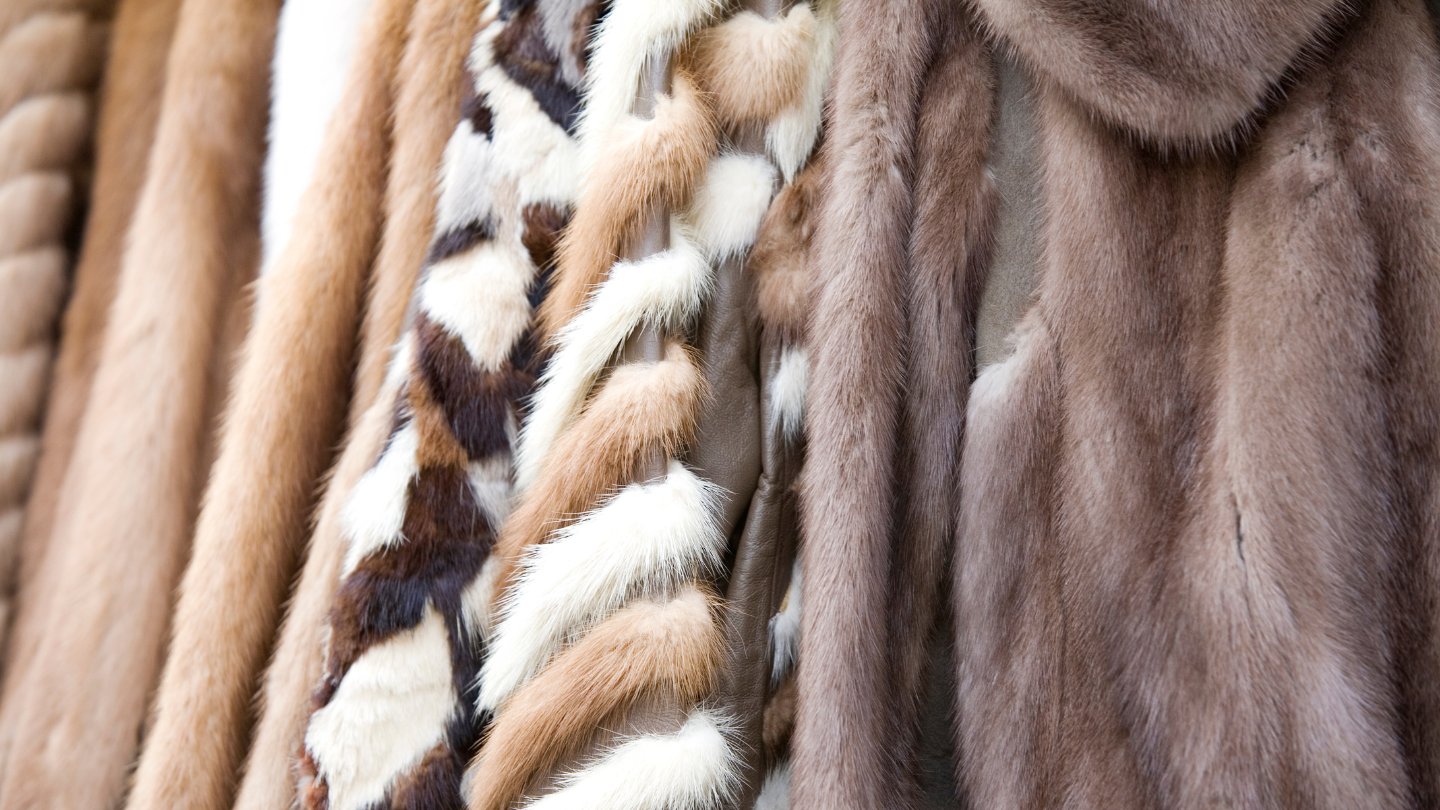
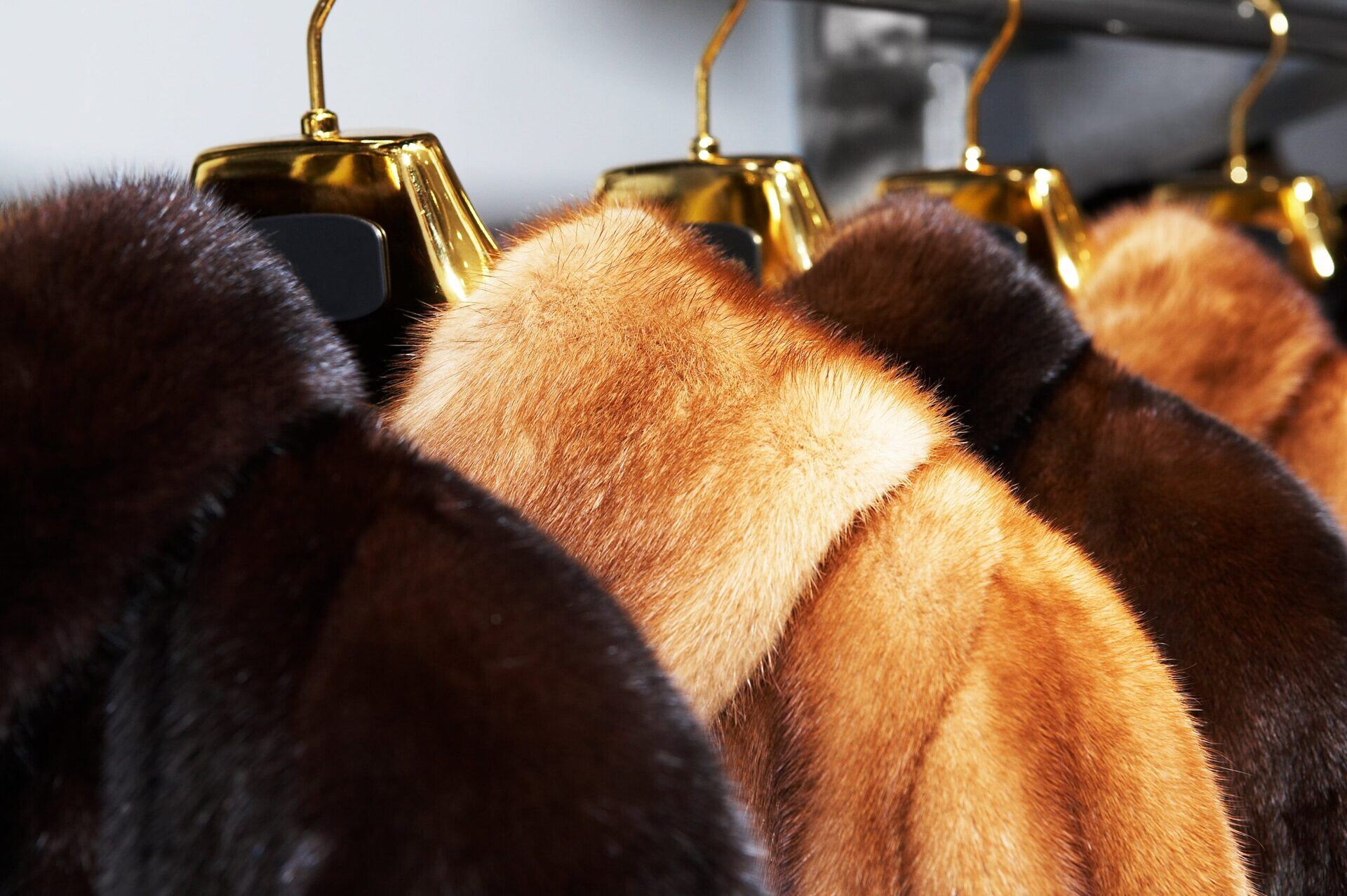
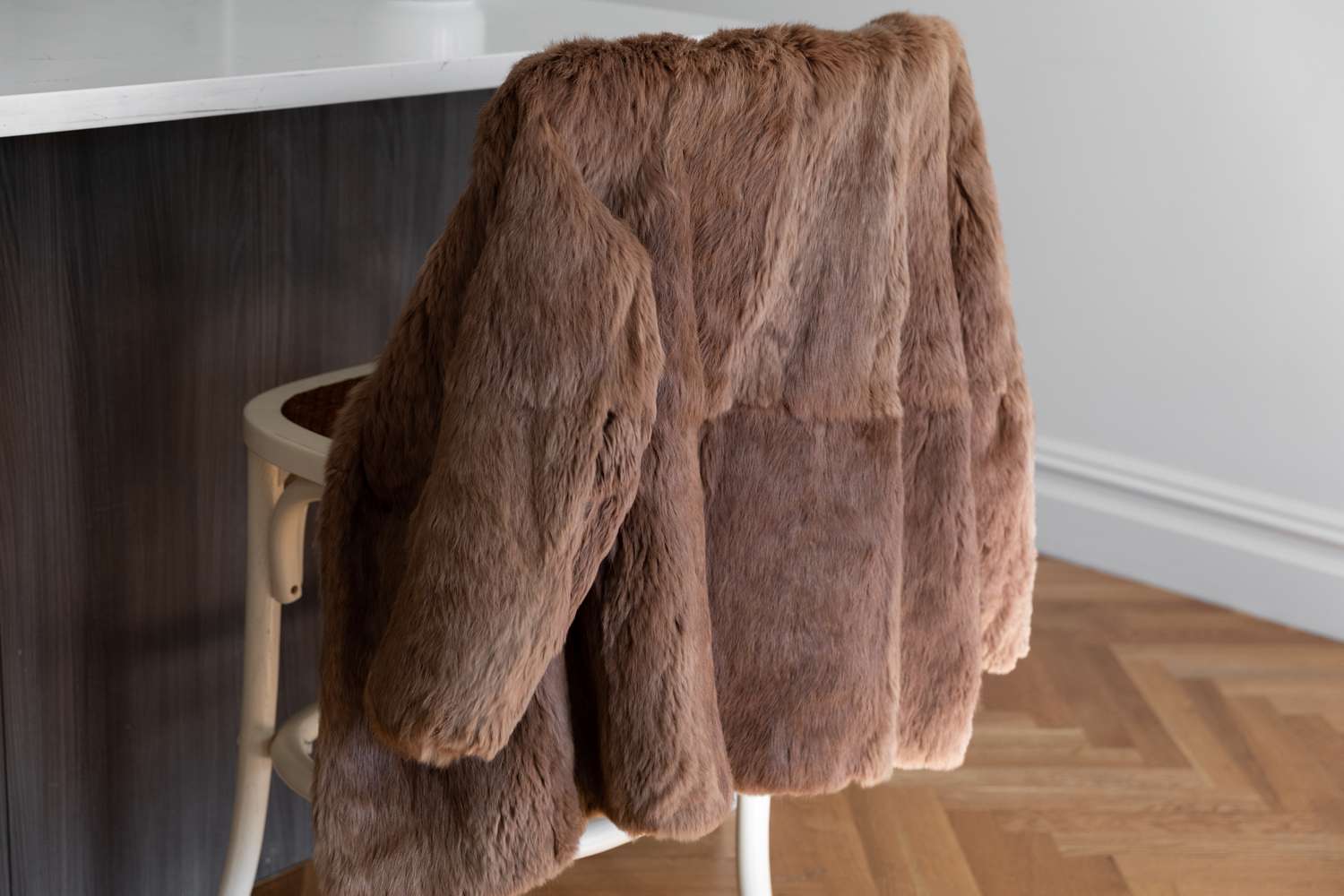
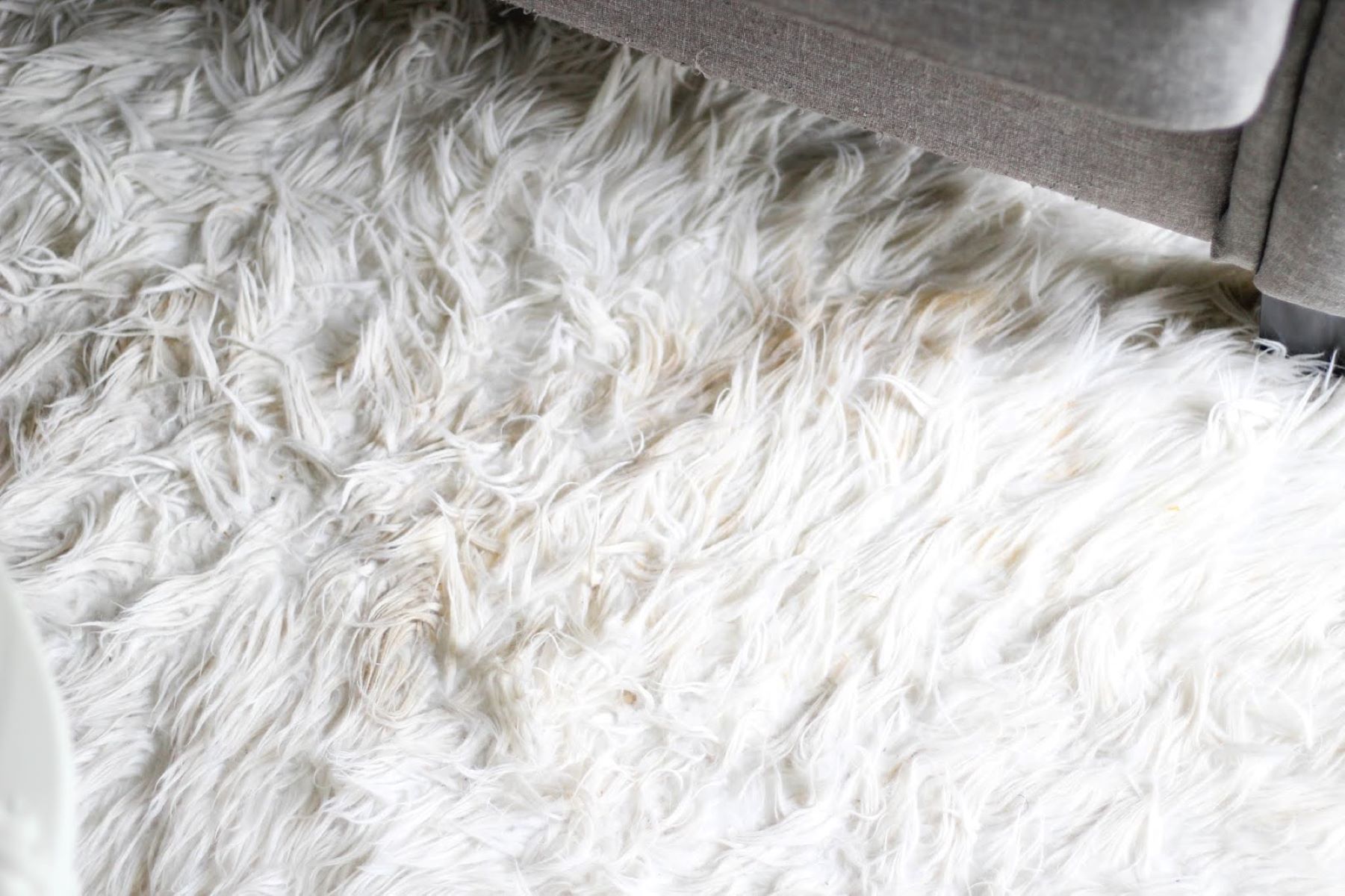
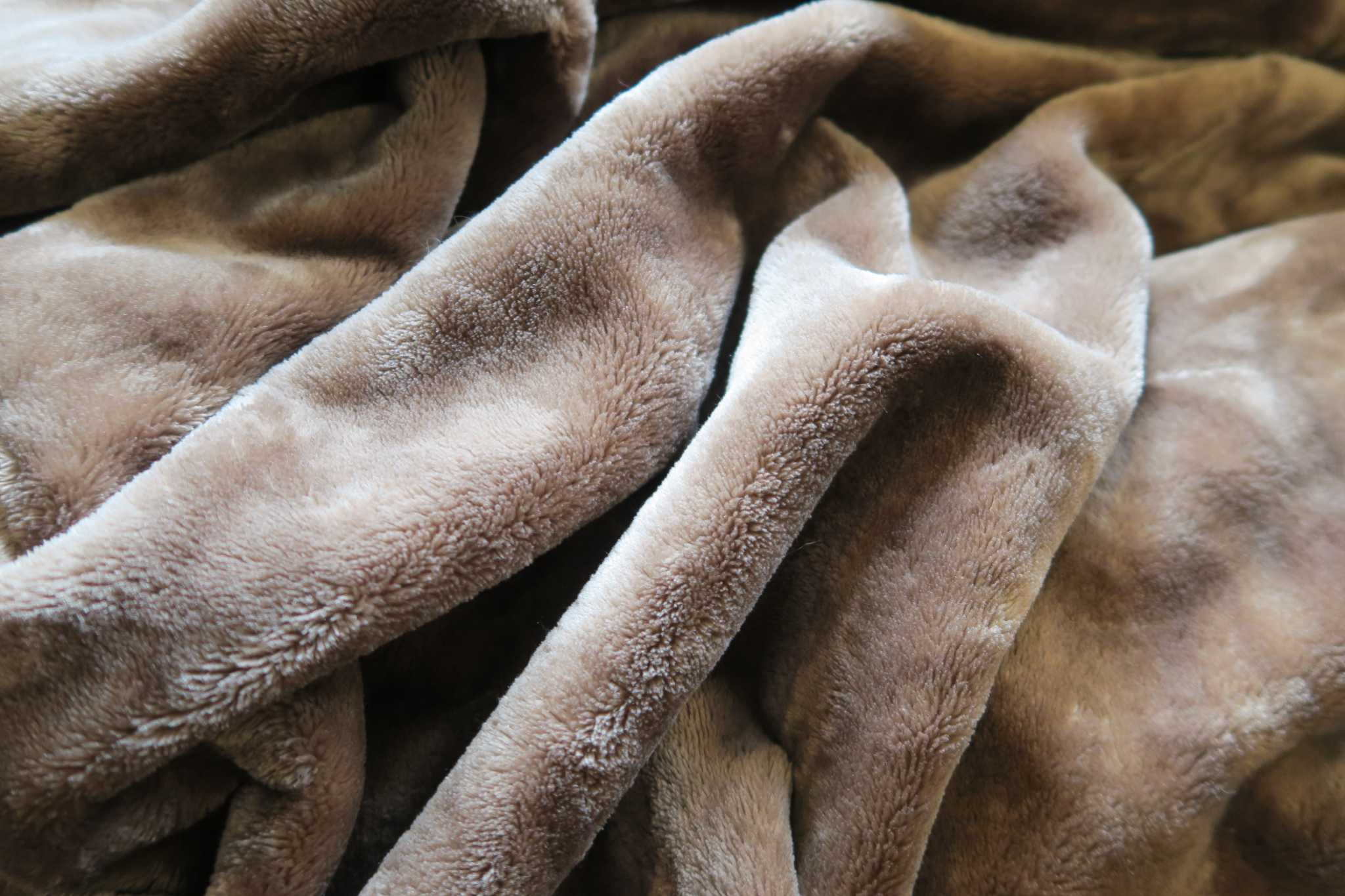
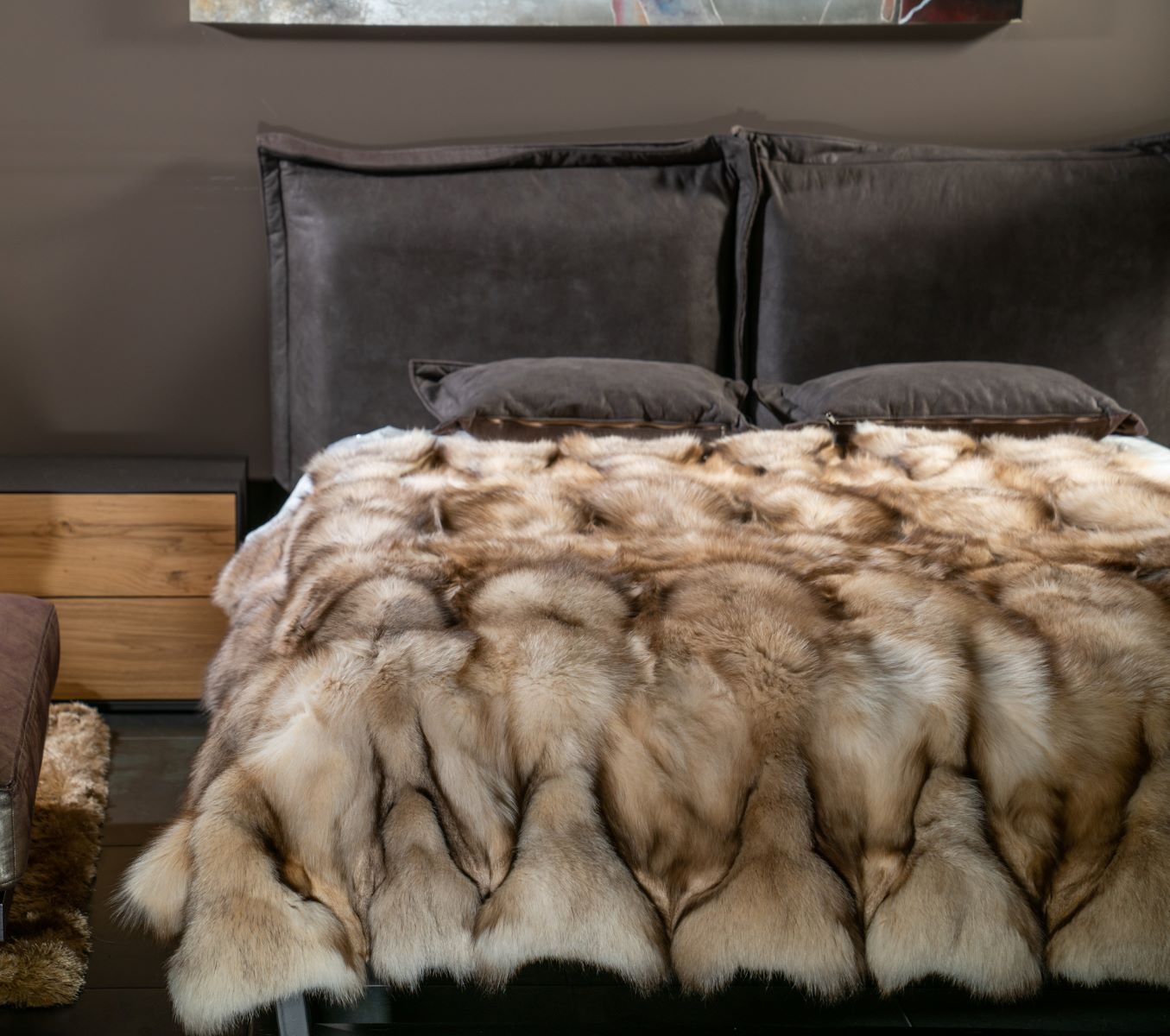
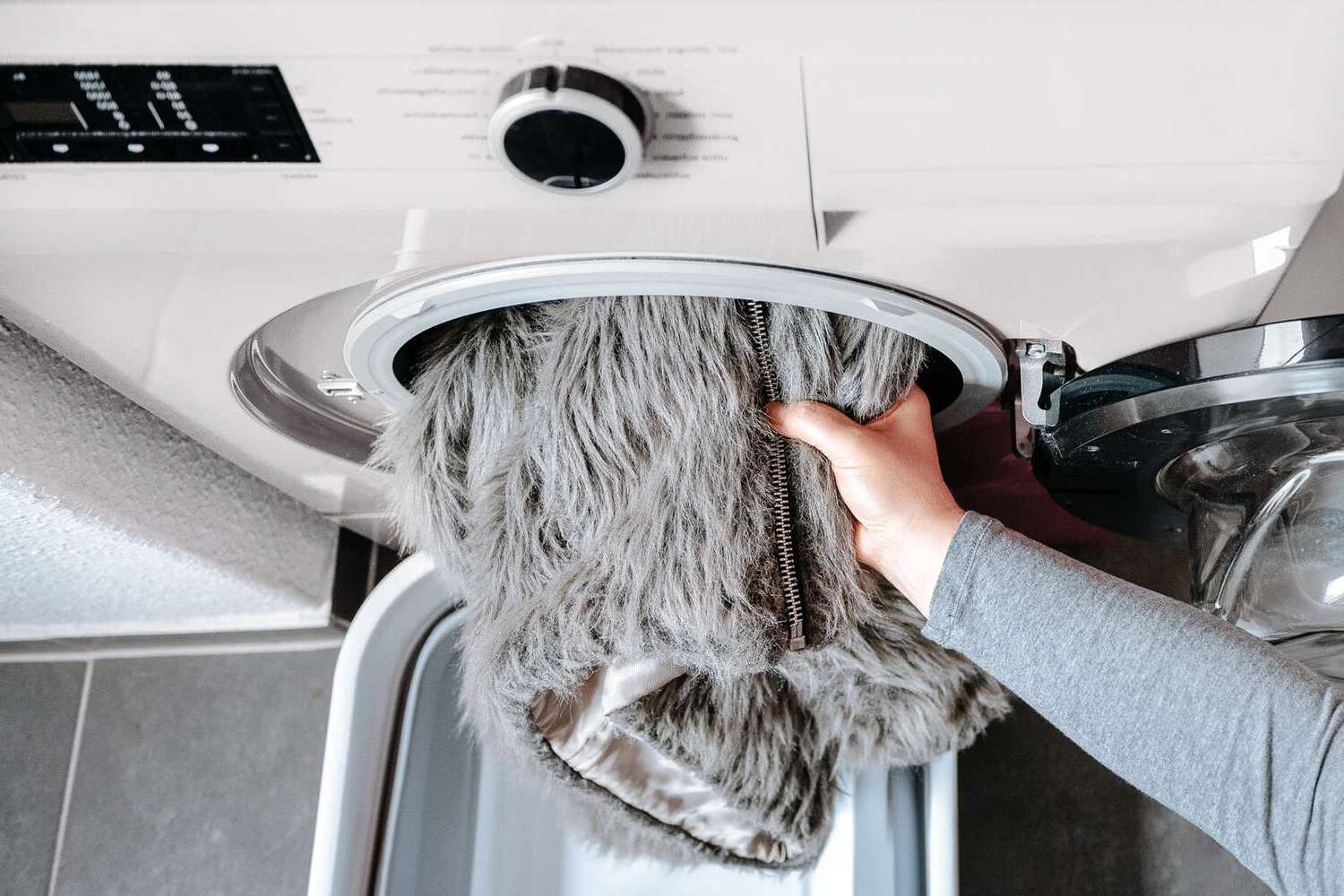
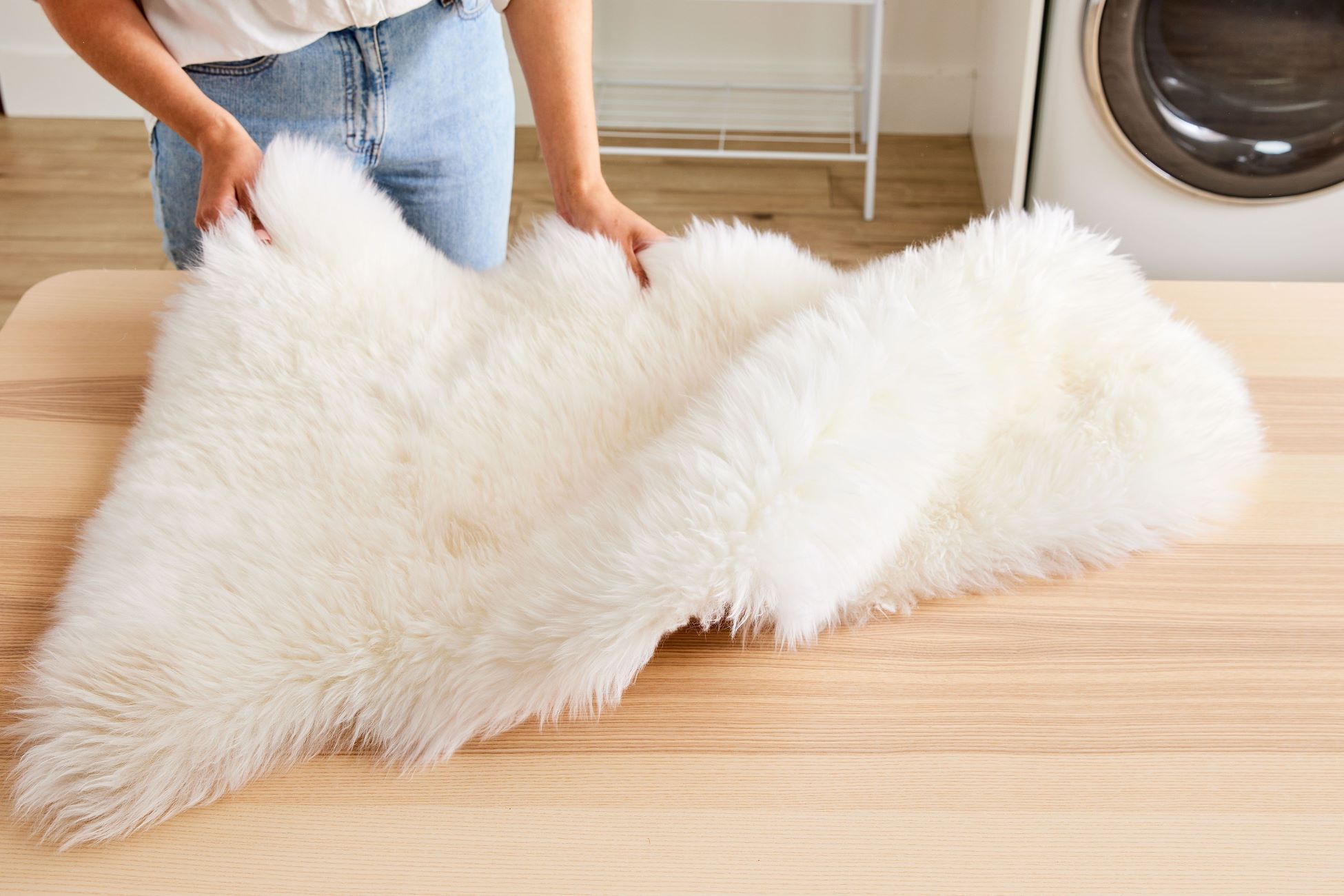


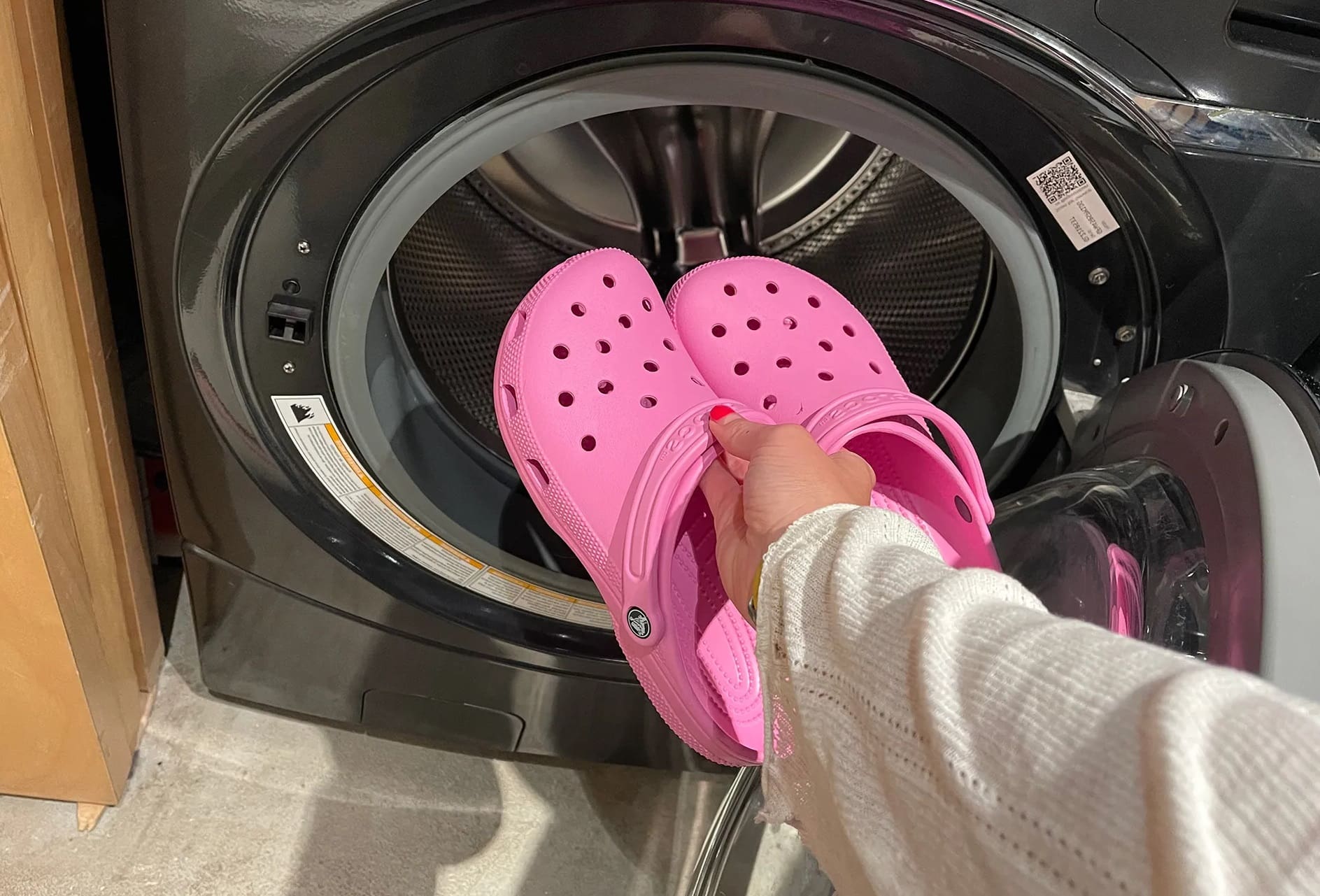
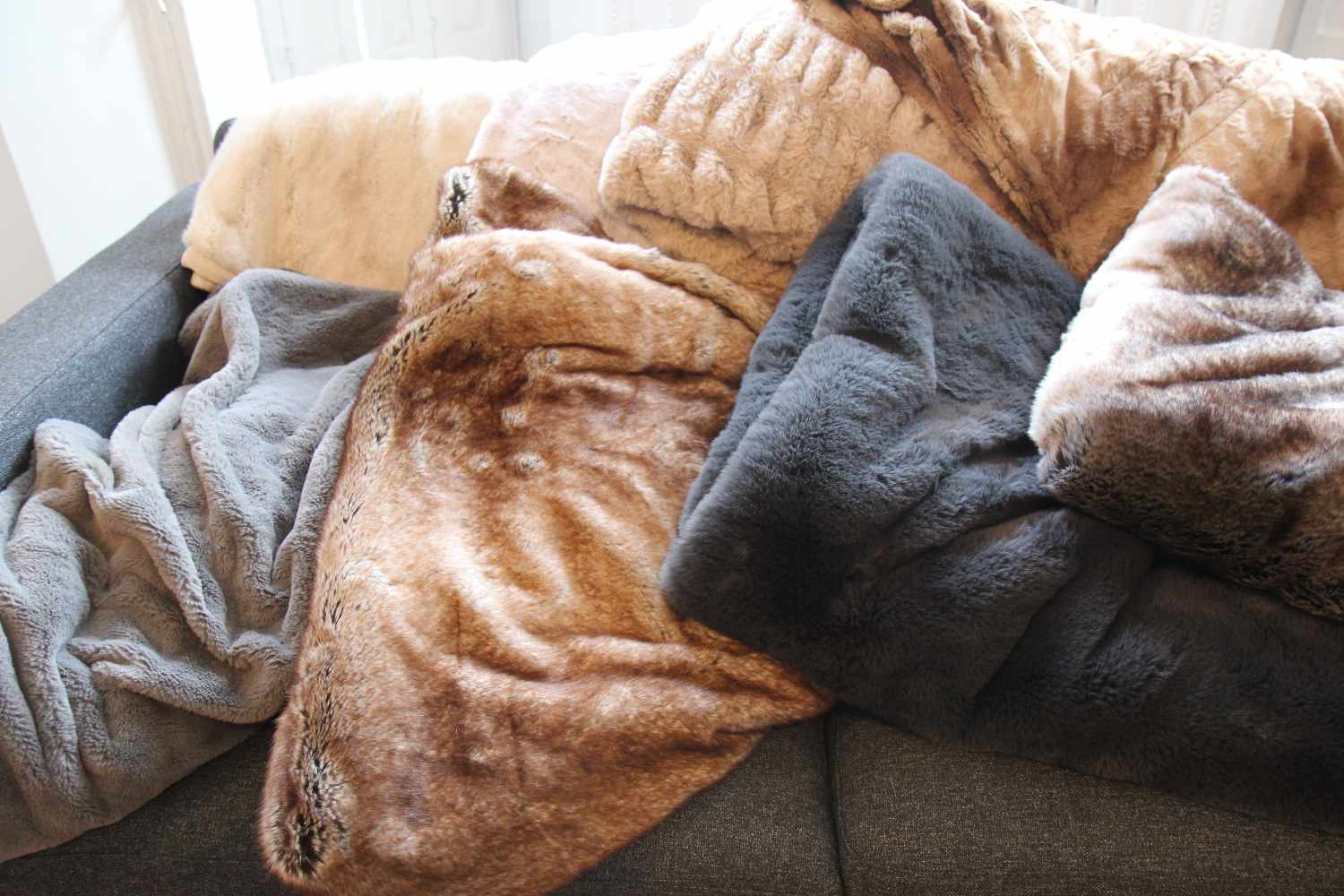


0 thoughts on “How To Store Fur Pelts”